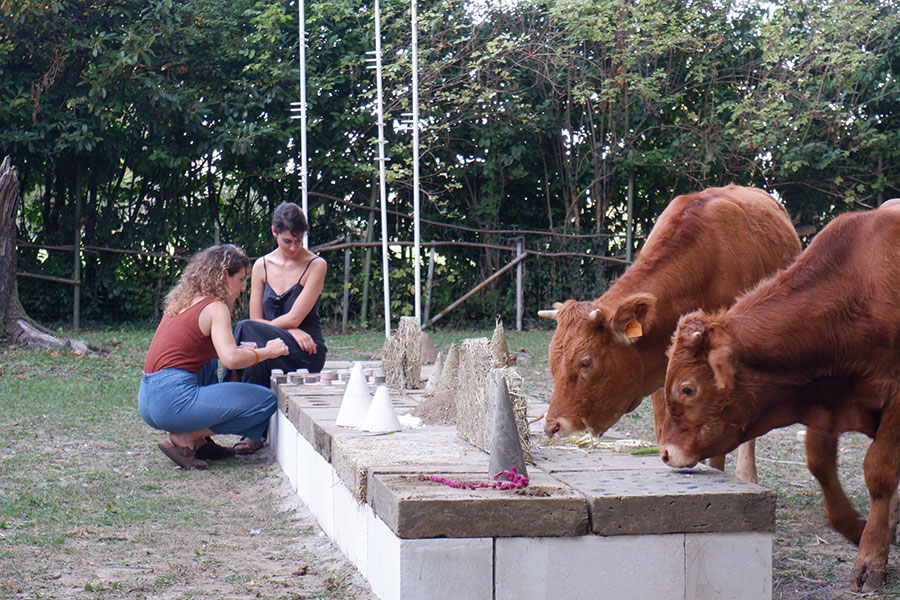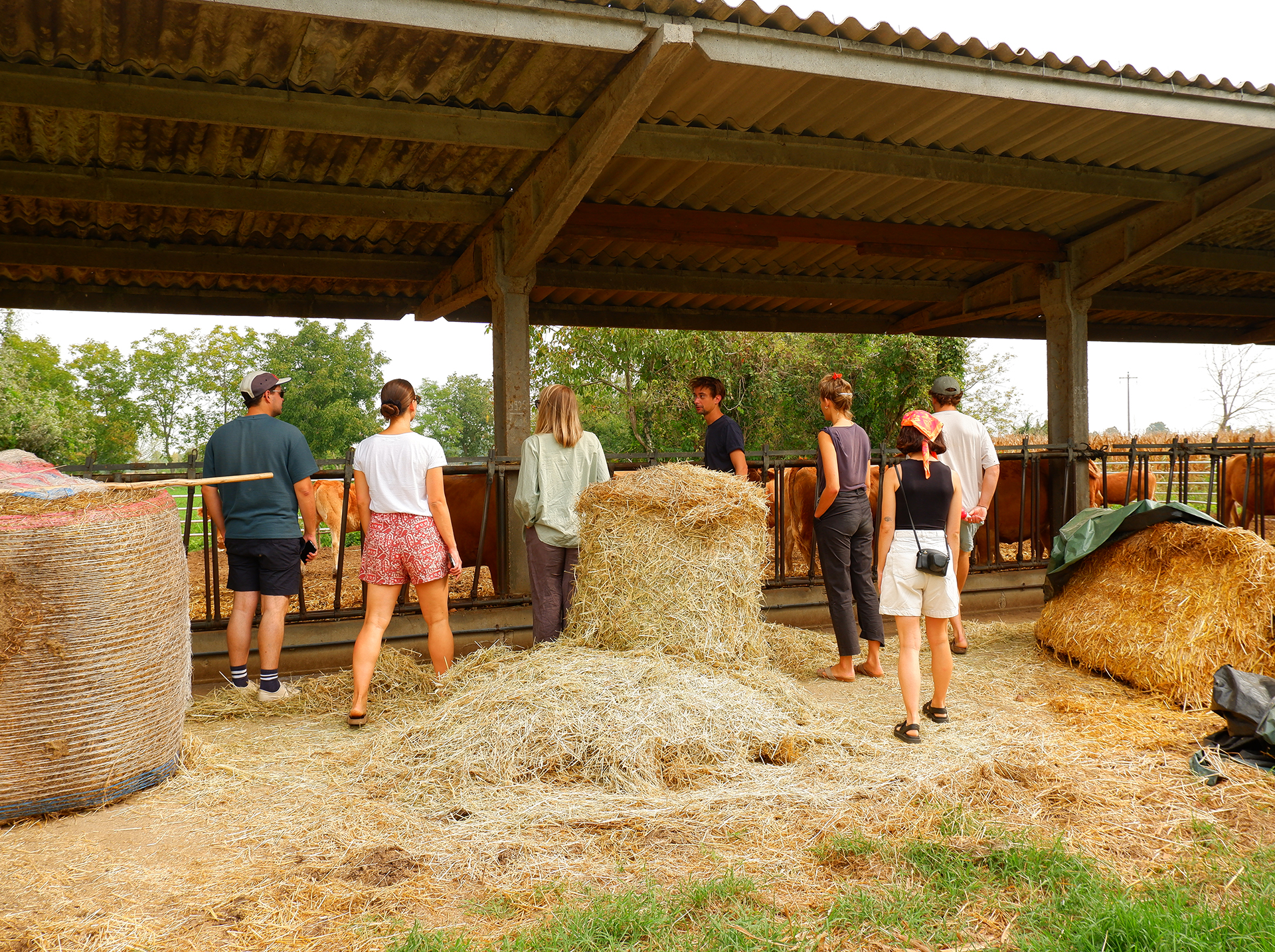The workshop takes place with MIARD students at “Ca’ del Biondo”, an historical farm in the Boschetto area of Cremona, Italy. The workshop will be dedicated to 1:1 prototyping, and to the development of a collective project through the use and re-use of available materials, tools, and spaces. The farm itself will be the context and working place for this exercise: a typical Cascina of the area, the building and its annexes are the manifestation of a secular history of farming and living in the area, in the case of Ca’ del Biondo, dating back to the XVII century. Cascine used to be, and in some cases, still are, micro-villages, tied to the surrounding land, where several families used to live and work the surrounding fields. With the progressive transformation of the Pianura Padana into a largely monocultural array of fields, devoted mainly to cereal production, much of the social, architectural, and environmental diversity of these areas has been lost. Today, the cascine of the area speak of an economy, of labour dynamics, social relations, and engagement with land, water, plants, and animals which calls for rediscovery and future oriented projects. The ambition with this workshop is to explore possibilities for places such as Ca’ del Biondo to rediscover a vocation as providers not only of food or raw materials, but of knowledge, proposing new forms of production and hospitality.
We will develop a collective platform/table working mainly with available materials (hay, soil, and lumber, all produced within the farm). The goal will be to design, produce, install and use the platform for a collective multi-species lunch, within the farm’s garden. The project will ask to think the experience ahead as a moment to reflect on the ritual of sharing food, along with its spatial, temporal, and material dimensions: What will be eaten, upon which surface, with which instruments? How will the food be cooked? How will other species (for instance, the birds or the cows which live in the farm) participate? How will matter be transformed into material, and produce transformed into food? Will the platform/carpet/table itself be edible? Will it return to being “matter” soon after the lunch? Will plants grow upon it, or animals burrow within it for months to come? Is it to be dispersed, atomized, or preserved? Which tools will we need to cook or eat? The collective lunch will be both a final presentation and a chance to share food and thoughts of collective work.
The workshop was part of Domestic Territories, an ongoing design research on new relations, spaces, and forms of encounter between humans, (other) animals, plants, and minerals.



